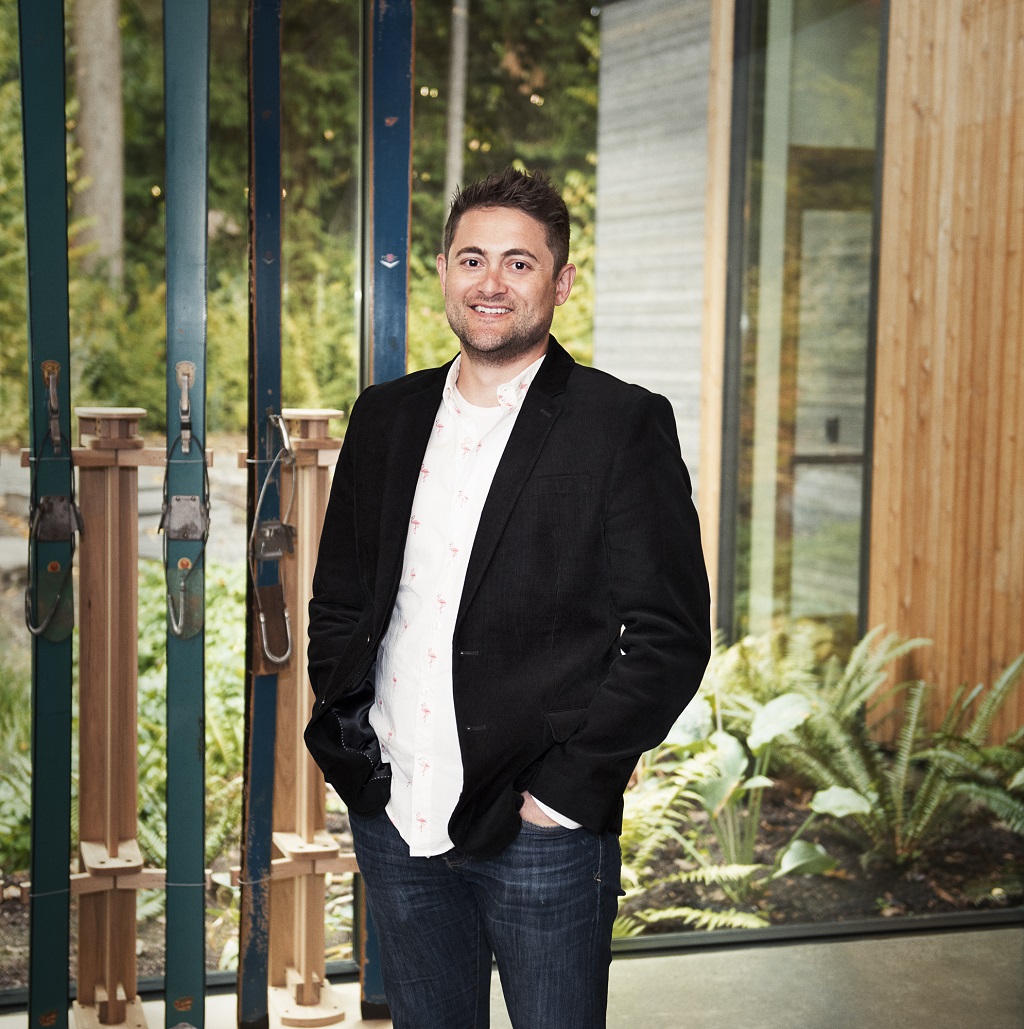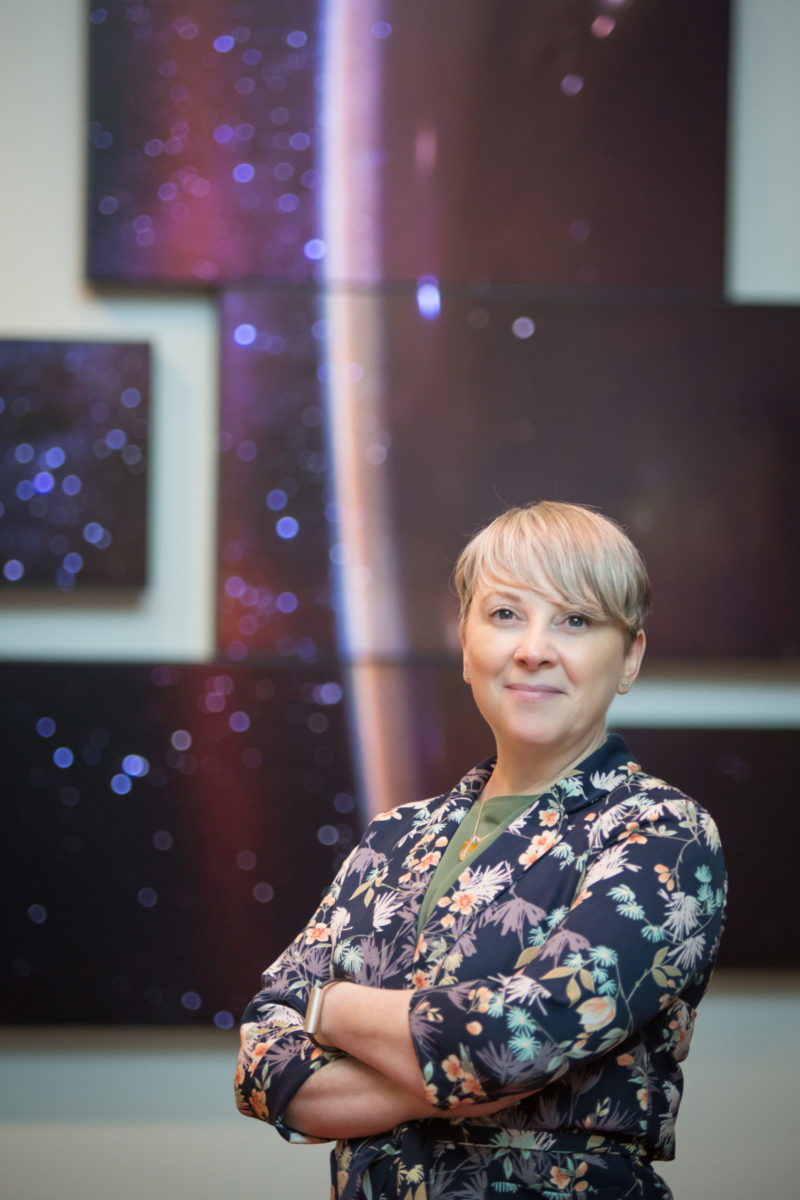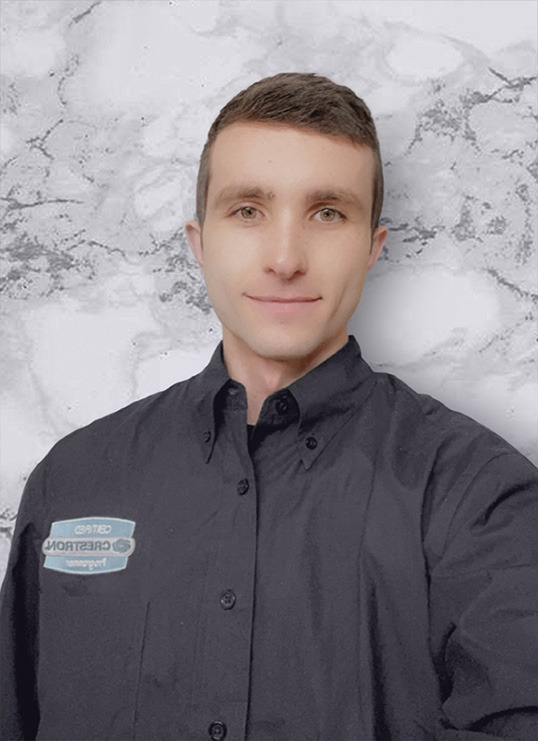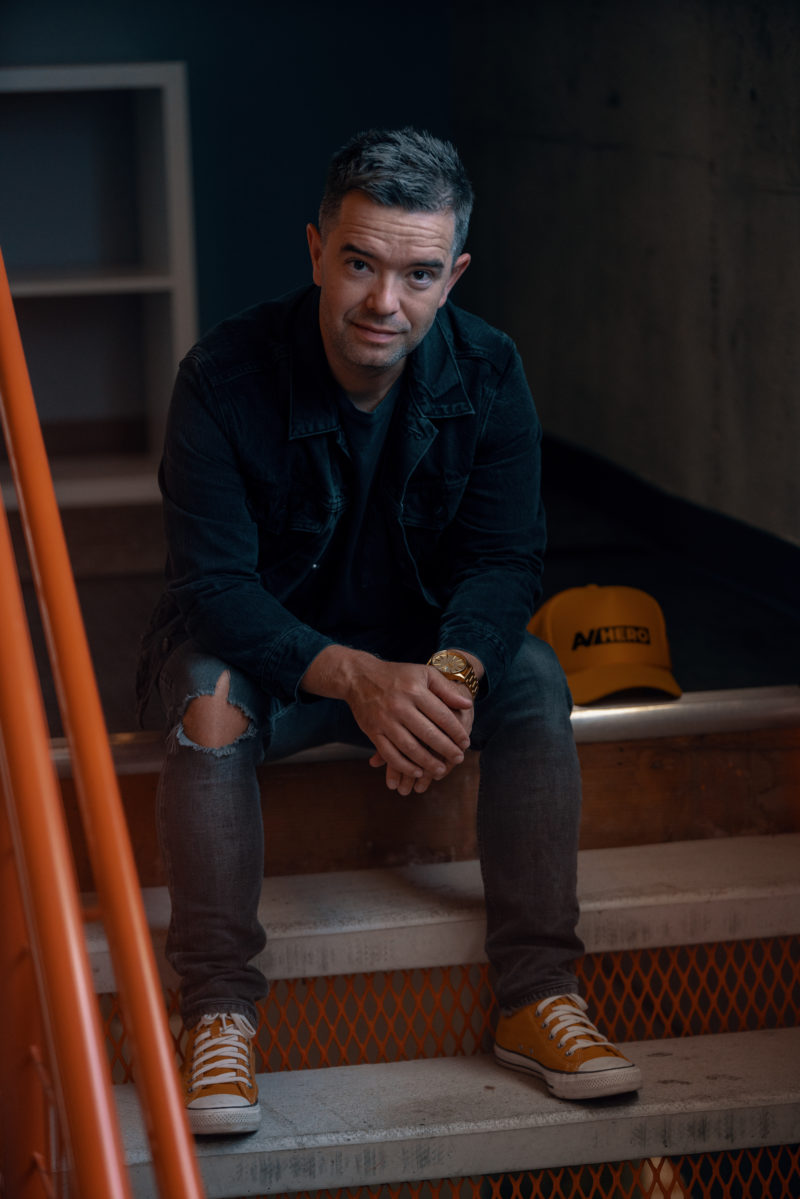Spotlight : Michael Bucklin, Regional Manager, Southwest at Biamp Systems
Each week, I am highlighting some of the incredible people who are in the Audio Video Industry. Today we are profiling Michael Bucklin. Here is a brief introduction.
 Michael Bucklin has worked in the Audiovisual industry since 2000. He is currently Regional Manager, covering the Southwestern region of the US at Biamp Systems
Michael Bucklin has worked in the Audiovisual industry since 2000. He is currently Regional Manager, covering the Southwestern region of the US at Biamp Systems
1.Describe your journey in the AV industry? How did it start?
Completely by chance! My father is also in the industry. At the time he was an account manager for an integrator in the Northeast and I was an unfocused college kid. He got me a summer gig in the installation department and my first job was unboxing AV gear and loading into equipment racks. I’ve always been in love with music and technology, so it was a perfect match. From there I moved into rack wiring, field installation, project management, commissioning, design engineering, and consulting. That initial experience tapped my passion and interests and has culminated into a great career, where I am now a regional manager for Biamp Systems.
2.What do you think are the challenges that face new people who wants to join the industry?
You really need a company that is willing to foster your growth. There’s so much to learn and the best way to gain that knowledge is hands-on with a mentor willing to teach, guide, and encourage. As such, I think one of the biggest challenges for someone brand new to the industry is showing a company you have the aptitude and desire to learn so they’ll take a chance on you. The first step is asking around: find people who are in the industry and ask questions about how they started; their recommendation for breaking into the industry; opportunities for internships and the like. Also, check with AVIXA and your local universities. Often, they will have partnerships and connections that you can take advantage of.
3.What are the positives of working in this industry?
The technology is very dynamic and constantly evolving. There’s always something new to learn, which keeps things interesting. There are so many unique applications of sound and visual technology around us in our everyday lives. I love learning how our industry stretches the limits to achieve success in new ways. Whether it’s a conference room or a theme park, the world is interfacing with the solutions we deploy more than ever.
 4.What in your opinion would you change in the industry? What are the negatives that are prevalent?
4.What in your opinion would you change in the industry? What are the negatives that are prevalent?
In my opinion we need more, practical, hands-on classes teaching the basics of sound and video. There is a lot of manufacturer training available, which is awesome. However, I encounter many people with every manufacturer certification available that still lack the foundational sound and video principals, not to mention networking. They are eager to learn but we lack a comprehensive ‘commercial integrator 101’ program; and one that’s easily available to the people who need and want it. This is crucial to the proper deployment of technology out in the field and being able to successfully troubleshoot issues.
[RELATED] : If you have missed any of the previous interviews, please click here.
5.Describe your ideal client? What do you wish clients to know before hiring you?
My ideal client is one that values partnership. This goes far beyond making a sale. A true partnership is a shared commitment to identifying and providing the solution that reaches the goals that you’ve agreed on; plus it builds on that foundation creating a relationship, so the next time there’s an opportunity or a question or a need, that relationship more easily moves you towards the solution. Of course I work very hard to earn a customer’s business, but I am committed to building relationship that provide them the best support and solutions. This way, I am able to continue to learn what we can do better.
 6.If you were going to start over, what would you do differently?
6.If you were going to start over, what would you do differently?
I’m honestly very happy with my progression through the industry from the bottom-up. Each position has provided a building block for the next step, creating a strong foundation of both technical knowledge and people skills. I suppose I might go back and get a degree in electrical engineering or enter an acoustics program knowing what I know now.
7.Describe a typical work day for you. What are your daily disciplines?
My days are broken into two types: Office and Travel. Office days are a lot of planning, administrative work, conference calls, email, etc. Travel days are airplanes, highways, and conference rooms; out meeting with customers at their offices and locales. In both cases I receive a lot of phone calls and emails needing attention in a relatively short timeframe. As such, my primary duty is being responsive to my customers and being a consistent resource to them throughout the day. It requires a lot of juggling, but I wouldn’t change a thing.
8.Describe the apps and gear that you use daily which makes you more productive?
My lifeblood is my mobile phone and laptop. It would be extremely difficult to perform my job without them but, together, I can be productive anywhere. Working for a manufacturer I obviously have a lot of our gear I travel with for demonstrations and enable customers hands-on testing opportunities. From an apps perspective I leverage a lot of online collaboration tools such as Skype for Business and GoToMeeting. I use OneNote constantly to capture meeting notes. Now you know my work strategy and support secrets…
9. How do you stay relevant in this industry?
Always seek to learn. Stay on top of new and emerging technologies and what manufacturers are doing with them to deliver new solutions. The new technology drawing skepticism today often becomes the thing you base your designs on or install in every system tomorrow. Additionally, embrace the different working relationships throughout the project lifecycle. There is often a plethora of different companies involved in delivering a system – from design to implementation – and there will be kinks along the way. Each stakeholder has unique responsibilities and priorities. Understanding them and working together leads to better relationships, which leads to people wanting to work with you again. At the end of the day everyone involved wants a happy end customer.
 Please connect with him on Linkedin.
Please connect with him on Linkedin.
Please drop your questions in the comments below and I will make sure that he sees them.
*****
Did you like this post? Connect with me on LinkedIn or just sign up for my free email newsletter.





